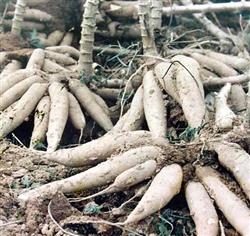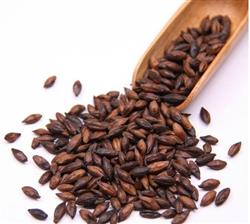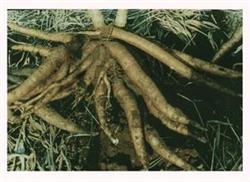Early and rational fertilization of cassava

Early fertilization can make cassava seedlings supplement nutrition in time, promote the rapid growth of cassava seedlings, and help to increase the yield of fresh cassava. at the same time, it is beneficial to cover the surface of cassava seedling stage as early as possible, and play a better role in soil and water conservation. It is generally recommended that one month after cassava planting, one full application can be applied at a time, when the seedling height is about 20 cm, combined with ploughing and weeding and fertilization, 20 cm away from the cassava stem, fertilizing according to the principles of near application, hole application and shallow application, in order to facilitate the early absorption of fertilizer by cassava. In addition, if the lack of fertilizer is found in the middle and later stage of cassava, it can be replenished. Fertilization should be recommended according to the diagnosis of soil fertility and cassava nutritional requirements, and the amount of fertilizer should also be determined by the thickness of the land. for example, when planting cassava in the fertile soil of reclaimed new wasteland, it is recommended not to apply fertilizer in the first two years of continuous cropping of cassava. After thin land or continuous cropping of cassava for 2 years, N:P2O5:K2O=2:1:2 is the best balanced fertilization ratio, and after 5 years of continuous cropping, N:P2O5:K2O=3~4:1:3~4 is the best balanced fertilization ratio. When applying fertilizer, we should adjust the proportion of formula properly after adjusting measures to local conditions and considering different factors such as varieties. Generally recommended amount of fertilizer: 1 ton of organic fertilizer per mu, 715 kg of urea, 7kg of superphosphate, 7kg of potassium chloride, can basically maintain a stable yield in successive years, maintain a yield of about 3 tons of fresh potatoes per mu, excluding fertilizer costs, the net income can be increased by 200,400 yuan per mu.
- Prev

The production of mugi-cha
First, raw material formula. 7kg of barley flour, 3kg of tea powder, 100g of natural spices, 50g of beef bone powder. The second production method ⑴ cleaning to remove stones: it is best to wash the barley first, remove sundries, gravel sand and so on, and then dry or dry. ⑵ roasting: roasting machine is used in the factory, available in the family.
- Next

High-yield cultivation techniques of cassava
Cassava has a wide range of uses. In addition to food and feed, cassava is also an important raw material for the production of starch, modified starch, wine and grain, glucose, fructose, sorbitol, lysine, citric acid, dyes, coatings, cosmetics and other industrial products. Product value is high and demand exceeds supply. Cassava is coarse and easy to grow, adaptable and fat.
Related
- The first cup of black tea in spring, the flavor and history of tea gardens in Kenya, Africa
- The computer can not only choose potatoes, but also grow tea rice. AI will grow winter oolong tea champion.
- It is not only the inflated tea bitten by insects, but also engraved with the four seasons tea in Beipu.
- The Oriental Beauty Tea Festival in Zhuxian County takes the stage at the weekend to experience the plus-size feast of oil tea.
- & quot; Oriental Beauty Tea & Exploration of Emei in Hsinchu, the hometown of quot;
- The new variety of strawberry "Tainong 1" dessert is the first choice with mellow aroma. Crimson gorgeous
- History of Tea in Taiwan: from Wild Inner Mountain to Export Tea Garden
- Two types of Taiwan Oriental Beauty Black Tea won the British three-Star Award for Childhood Tea Xiang Zhang Jiaqi changed from pilot to champion tea maker.
- Banana species and varieties: the planting history of Taiwan Xianren banana and dwarf banana is long, is banana disease resistant?
- Coffee planting Technology: Qianjie Coffee from Seedling to harvesting

